In flow measurement applications, certain types of flow meters require the addition of a bypass pipeline to facilitate maintenance, calibration, and ensure long-term measurement stability. A bypass allows for flow meter servicing without interrupting the process, reduces potential clogging or pressure loss, and helps maintain measurement accuracy. The need for a bypass depends on factors such as the type of flow meter, the characteristics of the fluid being measured, and the operational requirements. Below are some common types of flow meters that typically benefit from a bypass system:
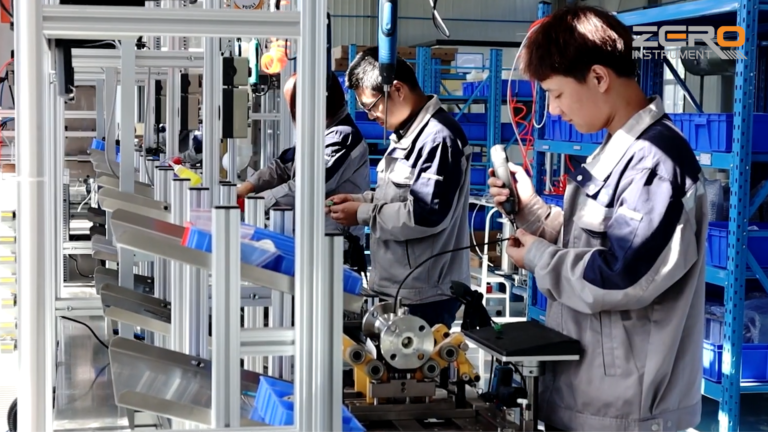
1. Rotameters (Variable Area Flow Meters)
Rotameters, including glass tube rotameters and metal tube float flow meters, are commonly used for flow measurement in various industries. These meters are generally installed in a vertical position for proper operation. Since they require periodic maintenance and cleaning, it is recommended to install a bypass valve along with the main meter. The bypass allows flow to continue through the system while the meter is serviced, reducing downtime and operational disruptions.
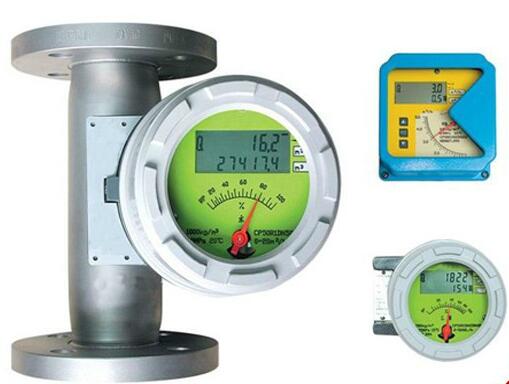
2. Turbine Flow Meters
Turbine flow meters are suitable for measuring the flow of clean gases and liquids with low kinematic viscosity. They are typically installed in horizontal pipelines to ensure proper performance. To maintain accuracy and operational efficiency, it is advisable to install:
- Upstream and downstream shut-off valves to isolate the meter when needed.
- A bypass valve to allow flow continuation during maintenance.
- A filter upstream (if necessary) to prevent debris from affecting the turbine’s rotation.
- A drain valve downstream to facilitate system drainage when required.
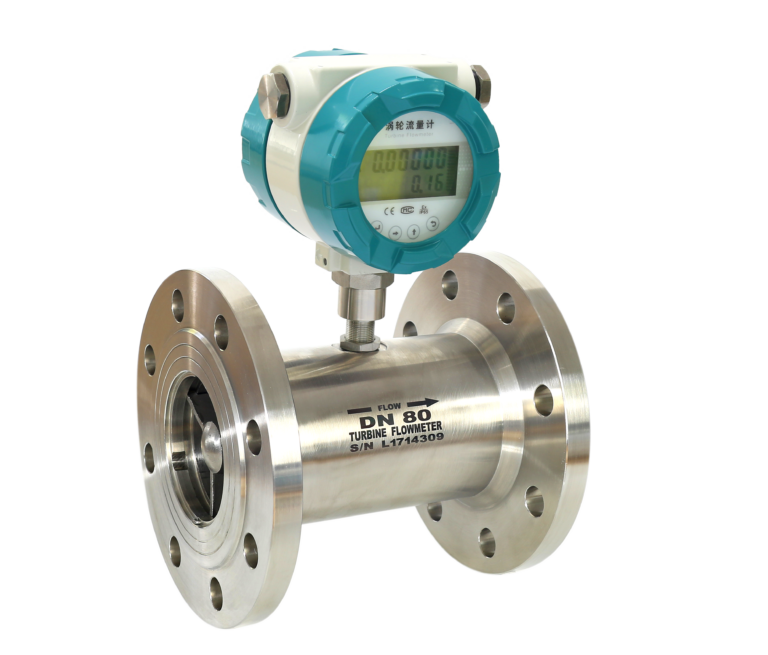
3. Positive Displacement Flow Meters
Positive displacement (PD) flow meters, such as oval gear meters and lobe meters, are widely used in process industries for precise volume measurement. These meters require stable flow conditions and are typically installed in horizontal pipelines. For smooth operation and maintenance:
- A bypass valve is recommended to enable servicing without stopping the flow.
- Upstream and downstream shut-off valves should be included for isolation.
- This setup ensures minimal process disruption and allows for calibration without removing the meter from the system.

4. Mass Flow Meters
Mass flow meters, including Coriolis mass flow meters and thermal mass flow meters, provide highly accurate mass-based flow measurement. Since these meters often require regular calibration and verification, it is advisable to include:
- A bypass valve to allow continued system operation during calibration.
- Shut-off valves upstream and downstream to isolate the meter when necessary.
- This is particularly important in industries where precise mass flow measurement is critical, such as in gas flow metering and chemical processing.
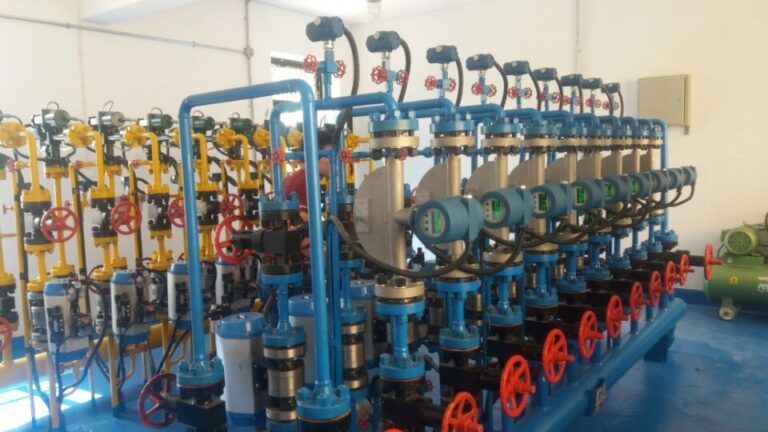
5. Orifice Plate Flow Meters
Orifice plate flow meters, used in differential pressure measurement, are sometimes affected by fluid impurities, suspended particles, or adhesion of substances on the orifice plate. These factors can lead to measurement inaccuracies, increased pressure loss, and long-term stability issues. To address these concerns:
- A bypass line can be added to facilitate cleaning and maintenance.
- Regular inspection and removal of deposits from the orifice plate help maintain measurement accuracy.
- This setup is especially useful in applications where fluids with high particulate content are measured.
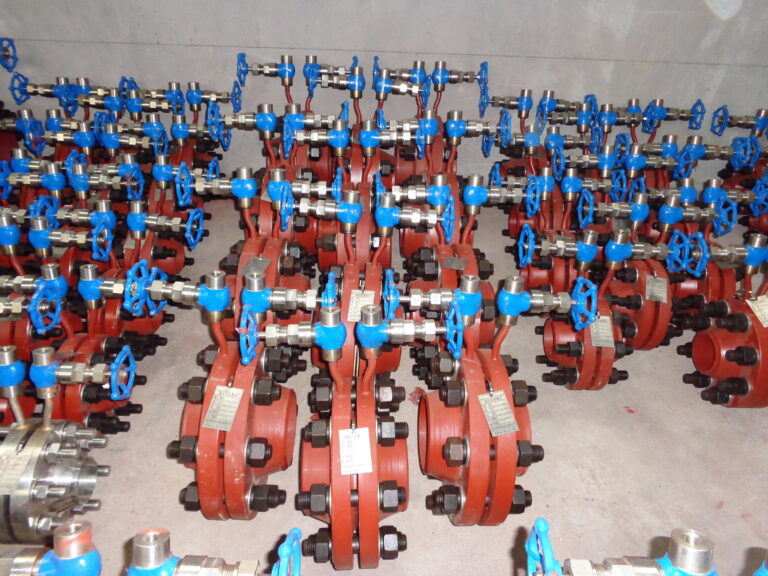
Special Considerations for Trade Measurement
In trade metering applications, such as custody transfer of fluids, bypass pipelines are generally not recommended. This is to prevent potential tampering or manipulation that could lead to measurement disputes between buyers and sellers. Instead, trade measurement systems often incorporate sealed metering systems with periodic verification procedures to ensure accuracy and regulatory compliance.
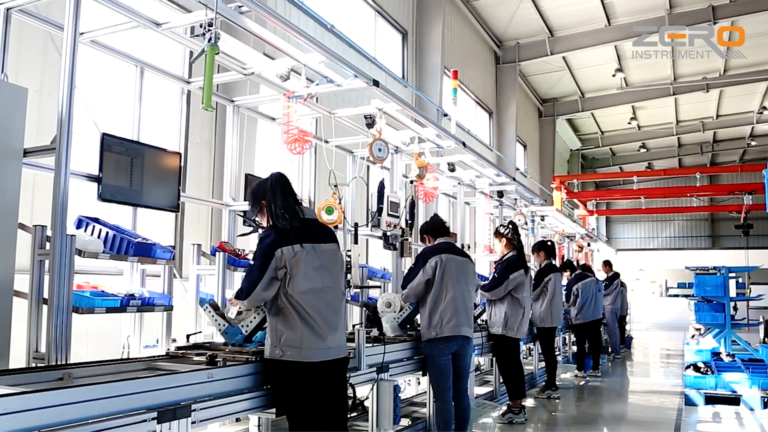
Conclusion
The decision to install a bypass pipeline should be based on a comprehensive evaluation of several factors, including:
- Process requirements (e.g., continuous operation needs).
- Fluid characteristics (e.g., presence of solids, corrosiveness).
- Maintenance and calibration needs (e.g., frequency of servicing).
- Cost considerations (e.g., additional piping and valve expenses).
By incorporating a well-designed bypass system where necessary, industries can enhance operational efficiency, minimize downtime, and maintain accurate flow measurements over time.
